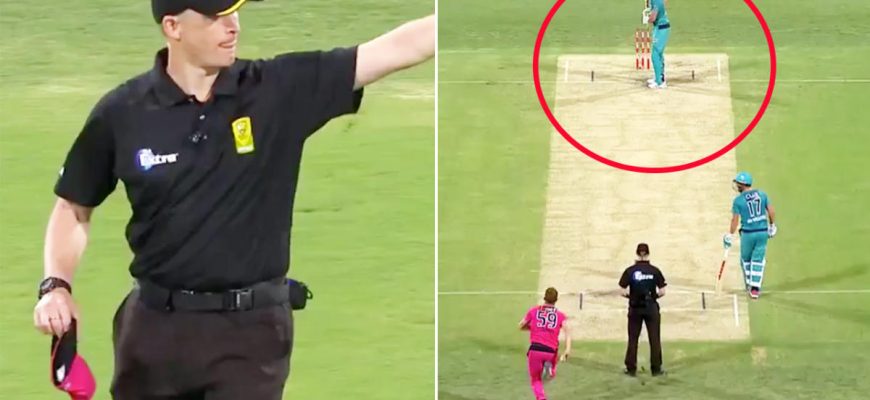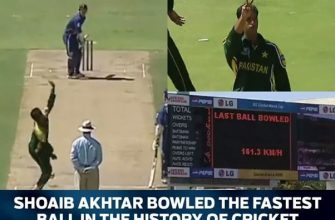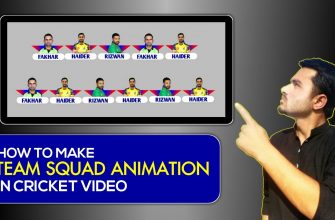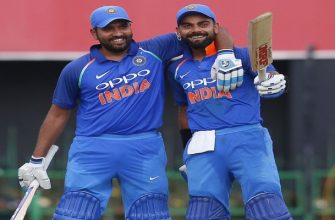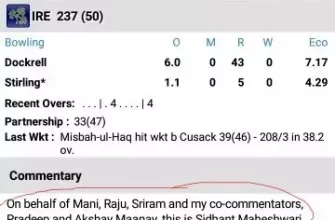What is helicopter shot in cricket
In the game of cricket, there are numerous types of shots that a batsman can use. These range from conventional strokes like the drive and pull to more unconventional ones like the scoop and ramp shot. However, only a few have managed to stand out for their uniqueness and effectiveness as much as the ‘helicopter shot’. This particular batting stroke has gained immense popularity in recent years, mostly due to its association with Indian cricketer Mahendra Singh Dhoni who popularized it on an international stage.
Understanding the Concept
Definition of Helicopter Shot
The helicopter shot is characterized by its full-swing follow through, so much so that the bat does a whole circular motion, almost resembling the rotors of a helicopter – which explains the name of the shot. Conventionally played against yorkers or fuller length deliveries, it is employed mainly when aiming to hit balls straight down the ground towards long-on or long-off regions.
The Origins and Rise
To trace back the origins, we find ourselves in the streets and alleyways of India where cricket is considered not just a sport but a religion. The hustle-bustle, lack of space, dusty pitches were often seen with kids wielding willow desperately trying higher grounds finding new ways to tackle fast-paced bowling attacks. It was here amongst throngs of passionate cricket lovers playing gully cricket did this unorthodox yet effective maneuver emerge.
Nevertheless, its global recognition can largely be attributed to one man – MS Dhoni whose exploits batting lower-down brought limelight to this uncharted territory. Most notably during his match-winning innings in the 2011 Cricket World Cup final where he famously dispatched Sri Lankan bowler Nuwan Kulasekara over long-on fence using this stroke sealing India’s victory.
Full Video in Youtube
Breaking Down the Technique
Footwork & Balance
The core of the helicopter shot lies in a batsman’s footwork and balance. As opposed to a traditional on-drive or lofted shot, where the rule of thumb is to always have your weight leaning forward into the stroke, this requires a completely different approach because it’s crucial to maintain an upright stance and be as backfoot heavy as possible while keeping their body balanced.
The Swing & Timing
The swing involves two primary components – the initial cutoff swing followed by a swift rotation which gives the impression of twirling “helicopter blades”. The major focus should be on utilizing wrists effectively managing to get more whip and sending ball across the ropes. Also important is impeccable timing that synchronizes every movement seamlessly ensuring not just optimal contact with the ball but also maintaining enough control on the shot aiming for precision as well.
Impact and Risk
The Impact Factor
Appreciated for its audaciousness, the helicopter shot brings high reward promising many sixes propelling run rates substantially in limited over formats especially during death overs when boundaries are vital. MS Dhoni created numerous crowd-roaring moments converting potential Yorkers into exciting maximums with this audacious tactic having pronounced influence on game outcomes numerous times.
Risks Involved
However, it carries share of risks mostly due to requisite skill level and precision needed executing it cleanly else may result in mishits potentially leading towards dismissals. It indeed remains one unconventional strokes only attempted successfully by seasoned players understanding underlying complexities involved achieving fruition both at technique and decision-making levels.
In conclusion, there’s no denying being staple of cricket’s ever-evolving landscape, helicopter shot stands out as testament of cricketer’s prowess pushing conventional boundaries demonstrating fascinating blend between agility, power, and creativity producing unforgettable sporting moments remaining etched in hearts of millions fans worldwide. While often cited as risky, it nonetheless remains cricket’s innovation case-study inspiring next-generation batsmen.

